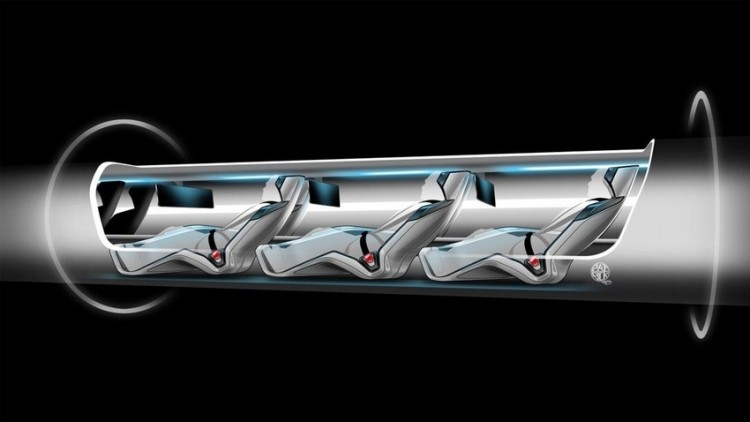Hyperloop, the high-speed transportation method proposed by Elon Musk, is quickly progressing from a theoretical concept to a realistic design. According to Forbes, the development team behind the project has already entered into partnerships with multiple organizations. The current goal is to create a small-scale prototype of the design at some point next year.
In order to meet this ambitious goal, Hyperloop Transportation Technologies Inc. has between 30 and 50 people actively working on developing and tweaking the design; with several exchanging their time for nothing but equity in the company.
Dr. Marco Villa, one of the major players behind the effort, added, "I stopped counting my hours a long time ago. A lot of the people that replied are willing to spend whatever they need on this, driven by the passion of doing this. We have a pretty significant amount of people willing to do this full time: doctorates, masters, professionals around the world."
The internal team has broken the project into smaller, more sizeable pieces. Some individuals are working on capsule design, while others are evaluating the project's environmental impact, or working on the manufacturing process behind the transportation tubes. For a project of this magnitude (an estimated $6 billion), the amount of work needed to accomplish is nothing short of tremendous.
As of right now, a proof of concept has been completed. Ansys, an engineering simulation software developer, has already done a virtual run-through of Musk's vision. Ansys explained that the design will work in theory; however, there are several adjustments that still need to be made. Villa went on to say, "We have proof that this could be done. But we have to get to 'how it can be done,' start tackling the big questions."
In addition to Ansys, GloCal Network Corporation will provide the Hyperloop team with expertise in the realm of materials and processes. In the past, GloCal has helped Boeing with material design challenges, and its work has been featured on the Boeing 787. Furthermore, UCLA's Architecture and Urban Design program is also pitching in by helping to find the ideal places for station construction.
The crowd-sourced team intends to finish a new white paper on the design by next spring; prototype construction should commence shortly after.
